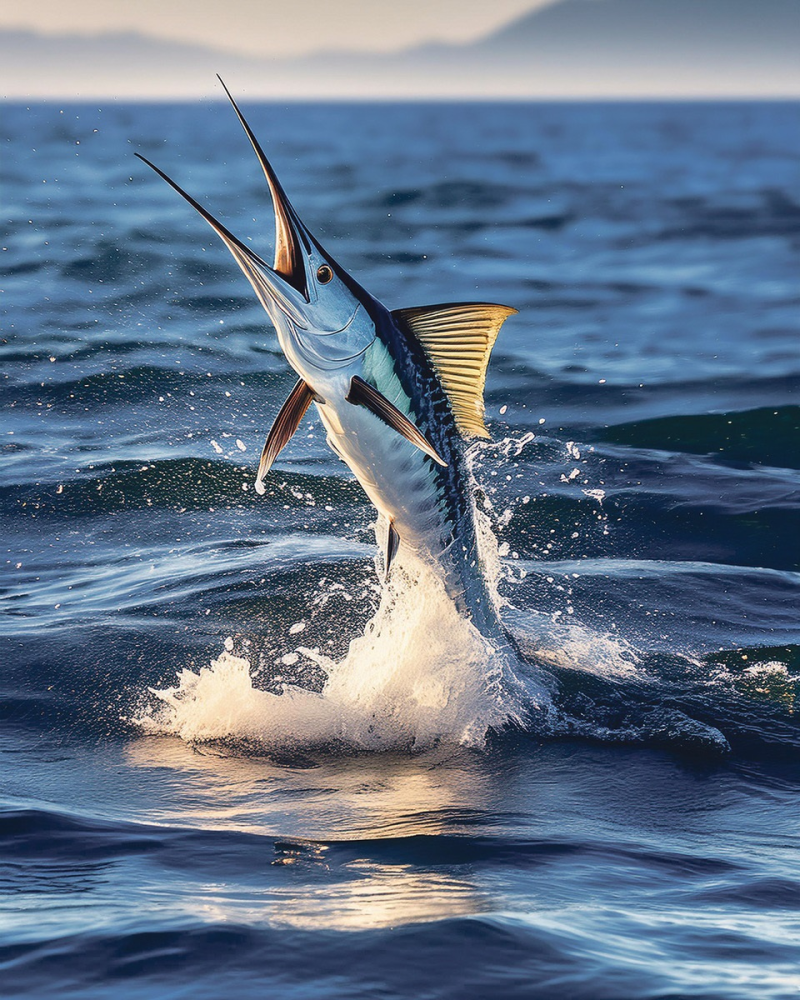
Marlin are being caught in seas off the shore of Horowhenua and it’s big news among the fishing fraternity.
No-one can remember marlin ever being caught in these waters and four were caught off the coast last week.
Manawatū Marine Boating Club acting commodore Ross Brannigan said there has been a massive amount of interest since news of the first marlin catch spread.
“It’s exciting. There’s been talk about it for years that it was only a matter of time,” he said. “There’s been tuna out there for a long time now, too.
“From a club perspective, it’s huge. There’s a camera at the club showing the carpark was full at 6.30am the next morning.”
Ross said as far as anyone could remember there had never been a marlin caught this far down the coast.
“There are people here with more than 70 years of experience who have never heard of a marlin being caught.”
The four marlin caught ranged in size from 75kg to 128kg. Two were caught on Thursday, with two more caught the following day.
Ross said the marlin were caught at a depth between 70m to 80m, about 7 or 8 kilometres from the shore – about a 30-minute boat drive. He said warmer sea temperatures could be bringing the marlin further south.
“Whether they stay here or not is another matter,” he said.
New Zealand Sport Fishing Council communications lead Mike Plant said reports of marlin catches in places like Foxton is exciting.
“That’s unheard of. This season is red hot,” he said.
On Saturday, a striped marlin weighing 100kg was hauled in off the Kāpiti Coast by Waikanae man Ethan Breuer, on the boat Kay Jay with fiancē Megan Adair and his parents Keith and Jenny.
There was also a confirmed catch of a 67.4kg marlin last week in Kaikōura.
The largest recorded marlin caught in New Zealand are almost 500kg, while the world record is 707kg.
Mike said the presence of marlin further south could be due to a variety of factors. While technology aids are helping recreational fishers find fish, he feared the search for food was bringing marlin closer to shore. That could be a result of overseas commercial fishing in wider seas.
“It’s a wall of death the fish have to get through to get here,” he said.
NZSFC kept records of fish caught and their size. The rules were one rod, one marlin. There is enough good eating on one fish not to need any more.
He said 90 percent of marlin caught recreationally were released back into the water. The Sport Fishing Council circulated information to educate fishers on best practice with animal welfare in mind.
Meanwhile, a Napier man caught a yellowfin tuna on the East Coast of the North Island last week, in what is believed to be the largest land-based catch in New Zealand.
OTHER STORIES





